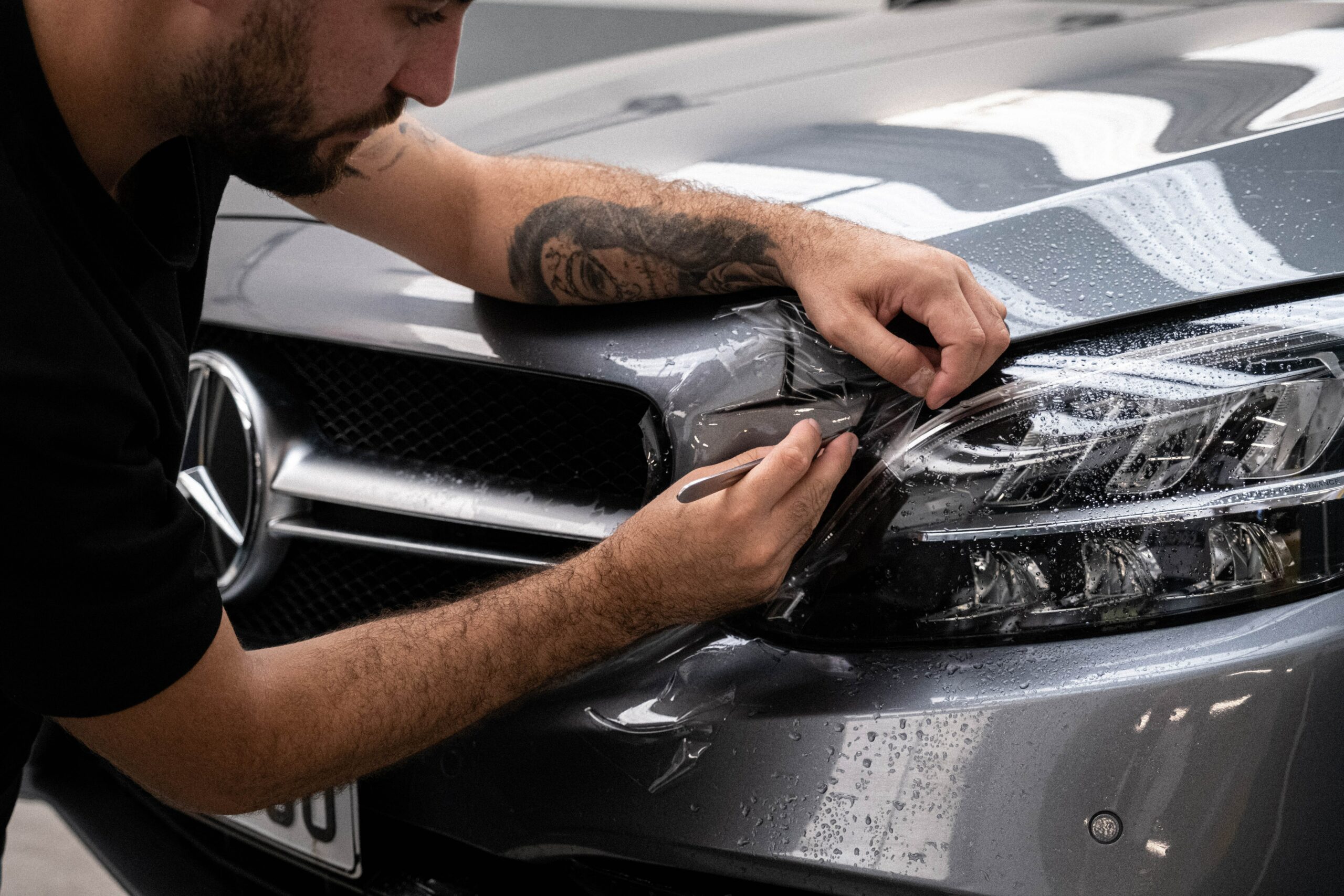Riding a bike can be an exhilarating experience. The feel of the open road, the wind in your hair, the sense of freedom – it’s no wonder so many people love it. However, bikes do come with risks. That’s why it’s so important for bikers to focus on safety and make smart choices whenever they get on their bikes.
Here are some tips to keep in mind whenever you head out on the open road.
1. Be Prepared for Mechanical Problems
Even well-maintained bikes can experience mechanical issues. Follow these tips to prepare for potential problems while riding:
- Perform regular maintenance and inspections as specified in your owner’s manual. This helps prevent breakdowns.
- Carry basic tools like screwdrivers, pliers, tire gauges, and duct tape in case minor repairs are needed roadside.
- Keep spare fuses, bulbs, spark plugs, cables, and belts in your saddlebags. You should also know how to replace them.
- Make sure your bike has an emergency tire repair kit and pump to temporarily fix flats.
- Check tires regularly for wear and proper inflation. Inspect brakes, lights, chains, and fluid levels frequently.
- Do not ignore warning lights, unusual noises, smells, or sensations related to steering or handling.
- If your motorcycle breaks down, pull off the road as far as possible and turn on the hazard lights. Call for assistance.
- Learn how to safely manage skids, blowouts, or other emergencies that may arise due to mechanical issues.
- Consider joining a riders club or organization that provides roadside assistance for members.
For those considering a more reliable and low-maintenance alternative, e-bikes can be an excellent choice. Look into some of the best e-bike deals as an option for city commuting or even recreational rides while still enjoying the thrill of being on two wheels.
2. Increase Your Visibility
Many motorcycle accidents occur because drivers do not see the rider. That’s why it’s crucial to make yourself as visible as possible to other motorists. Here are some tips:
- Wear bright or reflective clothing. Choose jackets, vests, gloves, and boots with reflective piping or detailing. Bright orange, yellow, or green jackets also help you stand out.
- Use reflective tape or stickers on your ride. Put them on your fork tubes, swing arm, rear fender, and helmet.
- Keep your headlight on at all times, even during daylight hours. Flashing your high beams during the day can also help you get noticed.
- Other drivers may not see you in side mirrors. Do not linger in blind spots, and pass vehicles quickly.
- Signal well in advance before changing lanes or turning. This gives drivers more time to notice you.
- Avoid sudden braking.
- Use horns and lights sensibly to increase visibility when needed. But don’t startle other drivers.
Taking these precautions helps compensate for the smaller profile of bikes compared to cars and trucks. Ride to be seen for maximum safety.
3. Handle Dangerous Road Conditions Cautiously
Weather conditions, road hazards, and poor visibility can prove especially dangerous for motorcyclists. Here are some tips for dealing with dangerous situations:
- Reduce speed when roads are wet or icy. Avoid painted lines and manhole covers, which can be slippery.
- Watch for sand, gravel, and debris on curves and ramps leading to and from highways.
- Use extra caution on uneven or bumpy surfaces. Adjust speed and watch for hazards.
- Be alert at intersections. Watch for vehicles running red lights or stop signs and for drivers making sudden turns.
- Be extra careful when riding at night or dusk. Wear reflective clothing and apply reflective tape to your vehicle.
- Pull off to the side if visibility is obscured by rain, fog, or smoke. Do not attempt to ride until conditions improve.
- Avoid riding in the windblast area behind trucks or other large vehicles. Sudden wind gusts can be dangerous.
By slowing down, allowing more following distance, and being extra cautious, you can safely manage riding in less-than-ideal conditions. Just take it easy, and don’t push your limits.
4. Get Proper Training
Beginners and experienced riders alike benefit greatly from motorcycle training. Formal hands-on courses teach critical skills for handling a bike safely in different situations. They provide the opportunity to practice under the supervision of certified instructors.
Some key skills covered include:
- Protective gear and pre-ride inspection
- Proper mounting, dismounting, and balancing
- Smooth throttle, clutch, and brake control
- Turning and swerving techniques
- Stopping quickly in a straight line
- Cornering and leaning properly
- Maintaining visibility and avoiding hazards
The Motorcycle Safety Foundation (MSF) provides training suitable for new riders. Many state driver’s licensing agencies also offer motorcycle safety courses.
Practice regularly even after completing the training course. Take refresher courses every few years to reinforce good riding habits. Proper training goes a long way toward preparing you to handle real-world riding situations.
5. Follow the Rules of the Road
Like other motorists, motorcyclists must follow traffic laws and safety rules. Never ride recklessly or take unnecessary risks. Adopt these smart habits:
- Obey all speed limits, traffic signals, lane markings, and signs.
- Signal all turns and lane changes. Use hand signals if your bike has no turn signals.
- Check blind spots before changing lanes.
- Avoid weaving between lanes or cars. Maintain your lane position.
- Pass other vehicles only when safe and in permitted passing zones.
- Allow proper following distance between you and the vehicle in front.
- Pull off the road if you need to stop or consult a map.
- Park in designated areas, not on sidewalks. Use parking meters where required.
- Keep the music volume low enough to hear surrounding traffic and vehicles.
- Avoid riding when impaired by alcohol, medications, or drugs.
Following the rules helps establish you as a responsible rider who respects the law. Signal your moves, allow adequate spacing, and cooperate with other motorists.
Conclusion
Bike riding can be a fun and liberating activity. But it does come with serious risks that require caution and preparation. By adopting safe riding habits, wearing full protective gear, maintaining your bike properly, and riding defensively, you can enjoy your bike while minimizing risks. Take safety courses, follow the road rules, and implement these road safety tips for bikers. Ride prepared, ride smart, and ride safe!









